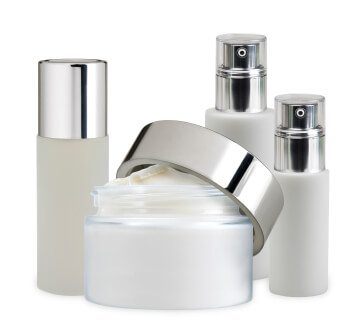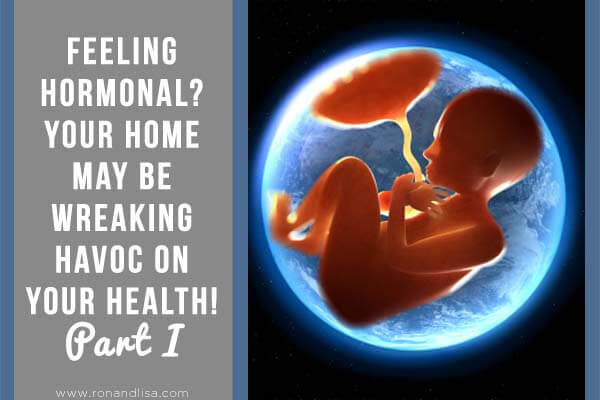Endocrine disruptors. Sounds like something from an episode of CSI Miami, but they in fact may be lurking on your skin, beneath your feet, in your food and in the water you drink.
You may be surprised to discover, as I did through my own personal journey, how important this topic is for everyone – babies, children, men and women. The chemicals that I will refer to in this section as endocrine disruptors, chemicals that interfere with development and function, are found in many products that we are all exposed to daily and have been found to disrupt the function of our own hormones.
What exactly is the endocrine system? The endocrine system is made up of hormones and glands that regulate many of the body’s functions, including growth, development, metabolism, mood, and reproduction, and influence almost every cell and organ in our body.
The glands include the thyroid, adrenal, thymus, pancreas, ovaries, testis, and pituitary, which release hormones that act as messengers. What then, are endocrine disruptors? Endocrine disruptors are man-made synthetic chemicals and natural phytoestrogens that interfere with the endocrine system of humans and animals by mimicking, blocking, and/or interfering in some manner with the natural instructions of the hormones to the cells.
This disruption creates many problems with physical development, sex, reproduction, brain development, behavior, temperature regulation, and more. We are exposed to these man-made synthetic chemicals in most areas of our daily lives. These include some products that might sound all too familiar to you: cosmetics, sun screens, perfumes, soaps, detergents, solvents, dental sealants, pharmaceuticals such as birth control pills, clear plastic baby bottles and some water bottles, pesticides, heavy metals including arsenic, cadmium, lead, mercury, as well as PCBs, polychlorinated biphenyl, dioxins, and furans.

Related Articles:
I Believe the Children Are Our Future
AUTISM: A Mother’s Sensitive Journey + a Simply Sweet Ending!
Lisa Beres Shares Tips to Avoid BPA on NBC’s Nightly News
Johnson & Johnson Cleaning Up Their Act – SOMEwhat
Autism: The Environmental Toxin Connection
The largest groups of endocrine disruptors, the so‑called estrogen mimics, or xenoestrogens include birth control pills, hormone replacement drugs, condom spermicides, conventional personal care products, particular cosmetics, plastic cookware, growth hormones found in factory‑farmed animals products, pesticides and herbicides, TDT, PCDs, polychlorinated biphenyls, foaming agents in soaps and detergent, and preservatives, which are found in the vast majority of skin and body lotions; even in national progesterone creams. These include methyl, ethyl, propyl, and butyl parabens.
Stay tuned for Part II and get the list of potential endocrine disruptors!




{Bienvenido a la tienda española oficial The North Face. Aquí puedes comprar con envío gratuito